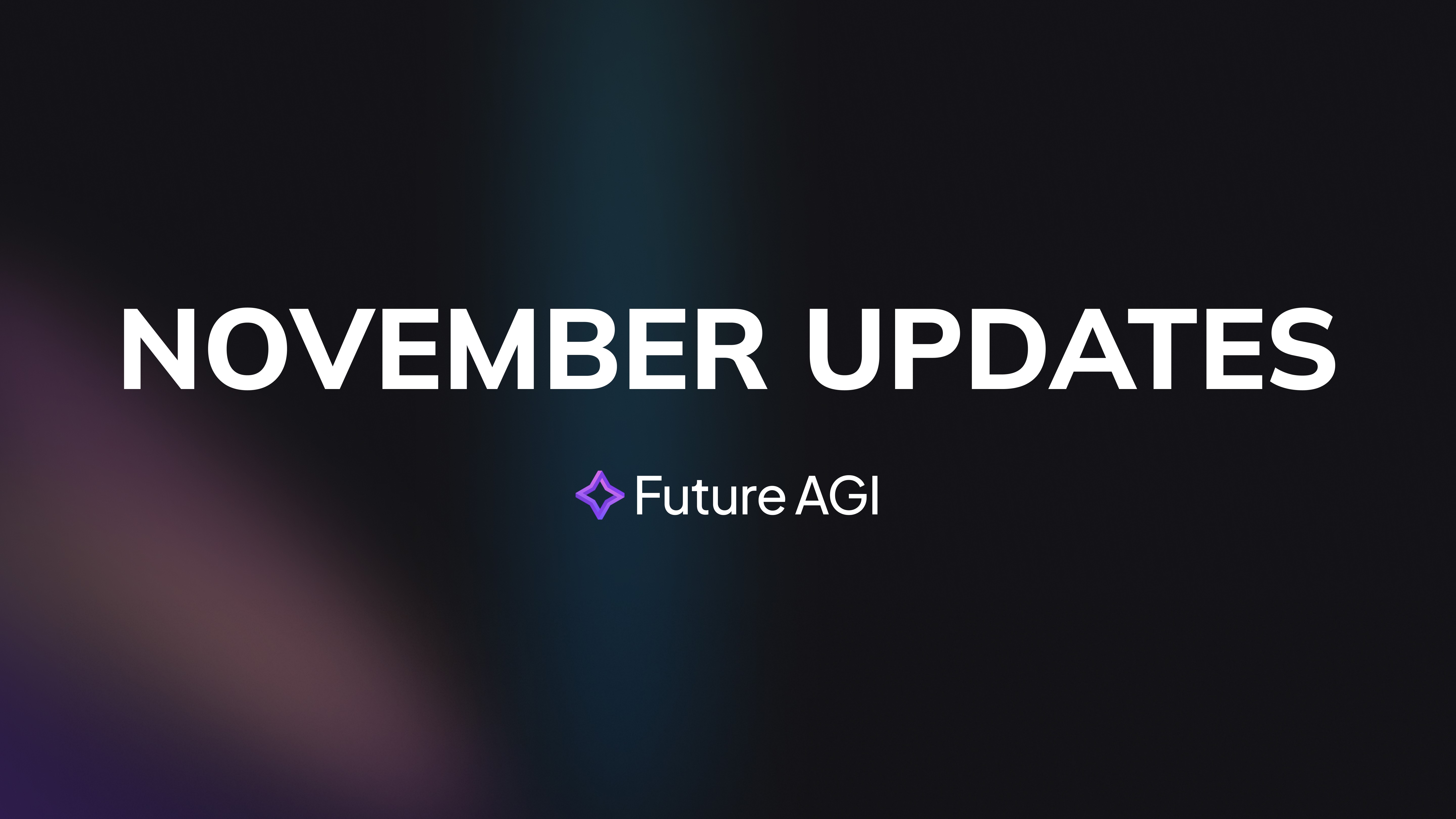Introduction
Large Language Models (LLMs) are the rockstars of today’s AI ecosystem. From powering intelligent chatbots to automating workflows, they’re revolutionizing industries. But let’s be honest—building and deploying an LLM is only half the job. Keeping it performing at its peak is where the magic happens.
If you're a data scientist, ML developer or an AI product owner real-time monitoring of LLM performance should be your top priority. Why? Because these models, while powerful, aren’t immune to issues like data drift, hallucinations, or unexpected slowdowns. Here’s how you can keep your LLM in top gear with automated insights.
Why Real-Time Monitoring Matters
Think of your LLM as a Formula 1 car. Even the best machine needs constant tuning and monitoring to stay ahead. Here’s why real-time performance tracking is essential:
Prevent Drift: Over time, your LLM may start delivering outputs that deviate from expected behavior due to changing data inputs or evolving user demands. One way to combat this is through continued LLM pretraining, which helps refresh the model with up-to-date, domain-specific knowledge.
Optimize Costs: Monitoring identifies inefficiencies, like unnecessarily long outputs or costly token usage.
Boost User Experience: Ensure that your chatbot is engaging, your summarizer is concise, and your assistant responds instantly.
Stay Ethical: Avoid hallucinations, biases, or harmful outputs that can damage user trust.
What Metrics to Monitor in LLMs
To measure success, focus on product-specific metrics alongside standard evaluation benchmarks:
MetricWhy It’s CriticalLatencyFaster responses for better user experiences.AccuracyEnsures outputs align with task goals or ground truth.Hallucination RateTracks when your model generates false or fabricated data.RelevanceMeasures whether the output meets user intent.User EngagementTracks sentiment, click-through rates, and more.Token UtilizationHelps control costs by analyzing token usage patterns.
Tools for Real-Time LLM Monitoring
Here are some state-of-the-art tools to simplify your monitoring process and give you actionable insights:
LangChain Evaluation Modules
LangChain goes beyond prompt engineering. Its evaluation modules allow you to set custom metrics, track output relevance, and compare model versions in real time.
Use Case: Evaluate coherence across different chat scenarios.
Hugging Face’s evaluate Library
Hugging Face’s tools are a go-to for evaluating BLEU, ROUGE, and other metrics. They’re easy to integrate into workflows for both pre-deployment testing and real-time monitoring.
Use Case: Measure summary quality on the fly.
3. MLflow for Experiment Tracking
Log everything—prompts, outputs, latency, token usage—with MLflow. This tool lets you create dashboards for real-time comparisons and issue alerts for abnormal patterns.
Use Case: Monitor prompt response times across deployments.
4. Grafana Dashboards
Visualize your model’s performance with Grafana, especially for large-scale deployments. Track latency spikes, token overuse, and user engagement metrics in one place.
Use Case: Set alerts when latency exceeds acceptable thresholds.
5. Future AGI’s Automated Monitoring Suite
If you want something tailored to modern LLM workflows, Future AGI’s suite offers specialized tools for tracking metrics like hallucination rates, relevance, and sentiment analysis.
Use Case: Monitor large-scale production LLMs with customizable metrics and automated reporting.
Emerging Trends in LLM Monitoring
Recent research and advancements are making monitoring more robust:
1. Self-Monitoring LLMs:
Newer models like OpenAI’s GPT-4 and Anthropic’s Claude are capable of self-evaluating outputs, offering confidence scores alongside responses.
2. Real-Time Fine-Tuning:
Platforms are exploring on-the-go fine-tuning based on live feedback. Imagine a chatbot that adapts to user sentiment mid-conversation! Effective LLM experimentation and optimization play a key role in refining such adaptive capabilities.
3. Synthetic Edge-Case Testing:
AI researchers are using synthetic datasets to simulate edge cases, ensuring models stay robust in real-world scenarios.
Balancing Trade-Offs in Monitoring
Optimizing for one metric often comes at the cost of another. For instance:
Improving accuracy might increase latency.
Reducing hallucinations could make the model less creative.
The key is prioritizing metrics based on your product goals. A chatbot may need high engagement and low latency, while a legal document parser prioritizes accuracy and zero hallucination.
Real-Life Example: Monitoring in Action
Let’s say you run an LLM-powered customer service bot. Here’s how real-time monitoring helps:
1. Morning: Your dashboard flags high hallucination rates for queries about warranty policies.
2. Afternoon: You update the knowledge base and set stricter filters for generative outputs.
3. Evening: User sentiment improves by 25%, and ticket resolution time decreases by 15%.
How Future AGI Can Help
At Future AGI, we understand the complexities of monitoring LLMs. Our tools are designed to:
Automate evaluation across custom metrics.
Provide actionable insights with interactive dashboards.
Scale effortlessly with your product as it grows.
Whether you’re an ML developer looking for granular insights or an AI product owner scaling globally, we’ve got you covered.
Conclusion
Monitoring LLMs isn’t just a technical necessity—it’s a competitive advantage. With real-time insights, you can deliver better user experiences, optimize costs, and ensure your AI remains relevant and trustworthy.
So, the next time your model goes live, ask yourself: Is it really working as intended? If the answer isn’t a resounding yes, it’s time to level up your monitoring game.












